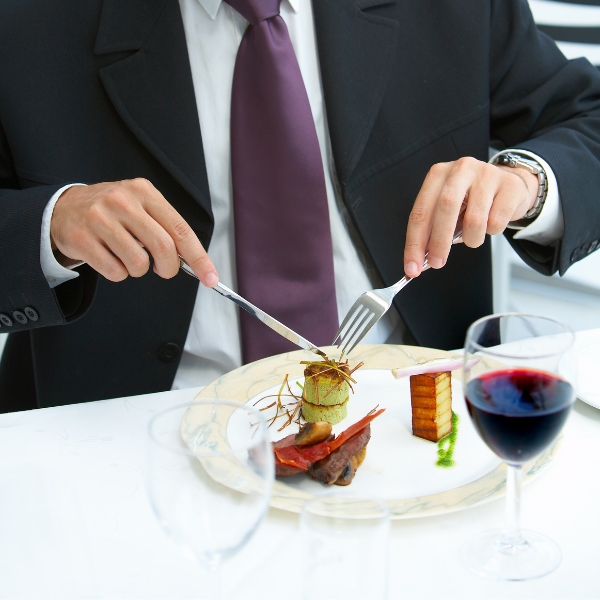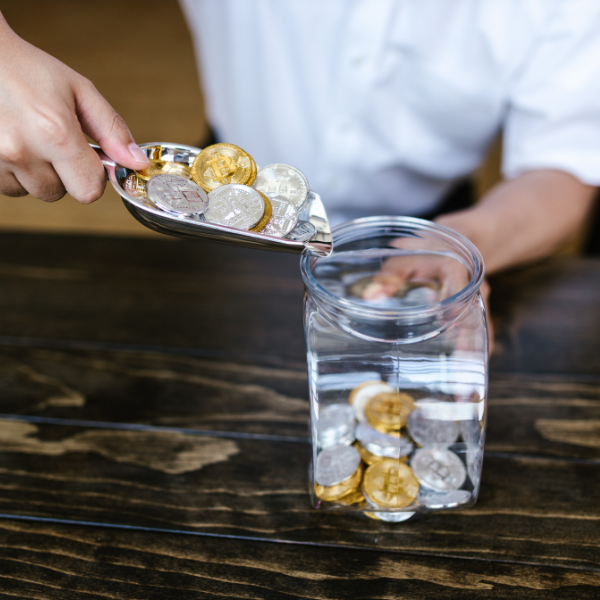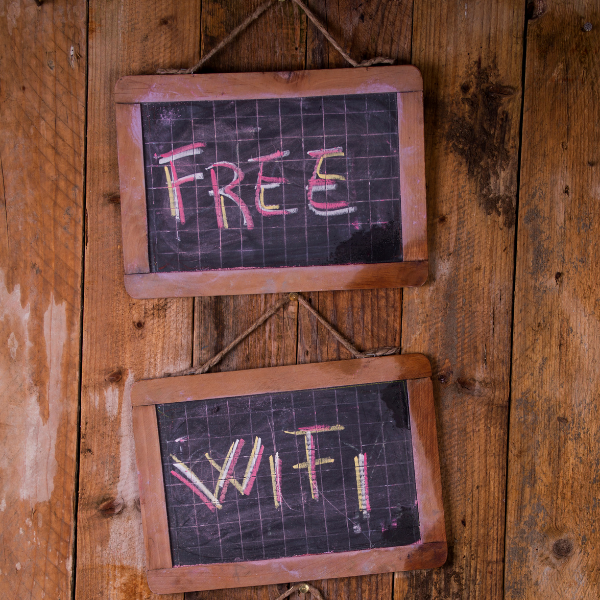Whether you're baking melt-in-your-mouth cookies or whipping up a savory glaze, sugar plays a crucial role in taste, texture, and even color. With so many types of sugar available—each with its own characteristics—it’s important to understand how to use them effectively in your kitchen.
This guide explores the 11 most common types of sugar, from pantry staples to trending alternatives, including artificial sweeteners like aspartame for those watching their calories. Let’s get cooking!
Table Of Contents
1. White Sugar (Granulated Sugar)
Origin: Refined from sugarcane or sugar beets
Texture & Color: Fine, dry, white crystals
Sweetness Level: Standard (benchmark for other sugars)
Best Uses: Everyday baking, sweetening beverages, sauces, and jams
Pro Tip: Perfect for recipes where sugar needs to dissolve easily and remain neutral in flavor. The best sugar for cookies is when a crisp, light texture is desired.
2. Superfine Sugar (Caster Sugar)
Origin: Granulated sugar ground to a finer texture
Texture & Color: Ultra-fine crystals; white
Sweetness Level: Slightly more intense due to finer texture
Best Uses: Meringues, sponge cakes, cocktails, whipped cream
Pro Tip: Dissolves quickly, making it ideal for cold liquids or delicate batters. Wondering about caster sugar vs powdered sugar? Caster holds structure; powdered disappears into glazes.
3. Powdered Sugar (Confectioners’ Sugar)
Origin: Granulated sugar ground into powder with cornstarch
Texture & Color: Silky, powdery; snow-white
Sweetness Level: Intensely sweet
Best Uses: Frostings, glazes, dusting baked goods
Pro Tip: Not ideal for doughs or cookies—unless you’re making meltaway or snowball cookies. Cornstarch may alter texture.
4. Brown Sugar (Light & Dark)
Origin: White sugar with molasses added (or retained during processing)
Texture & Color: Soft, moist; light or dark brown
Sweetness Level: Rich, caramel-like flavor
Best Uses: Chewy cookies, BBQ sauces, baked beans, banana bread
Pro Tip: Pack it tightly when measuring. Dark brown sugar offers a bolder molasses flavor perfect for gingerbread.
5. Cane Sugar
Origin: Derived exclusively from sugarcane
Texture & Color: Slightly larger crystals than granulated; off-white
Sweetness Level: Similar to white sugar
Best Uses: A general-purpose sugar for baking and beverages
Pro Tip: If labeled "raw," it retains more molasses and has a subtle flavor edge in recipes with minimal ingredients.
6. Muscovado Sugar
Origin: Unrefined cane sugar
Texture & Color: Sticky, moist; dark brown
Sweetness Level: Deep, molasses-forward flavor
Best Uses: Chocolate cakes, marinades, fruit compotes, gingerbread
Pro Tip: Hard to substitute 1:1 due to moisture content. Explore muscovado sugar used in recipes that highlight rich, earthy tones.
7. Demerara Sugar
Origin: Raw cane sugar from Guyana or Mauritius
Texture & Color: Large golden crystals
Sweetness Level: Mild molasses flavor
Best Uses: Topping muffins, oatmeal, crème brûlée
Pro Tip: Add crunch and a toasty flavor to baked goods and crusts.
8. Coconut Sugar
Origin: Sap of coconut palm flower buds
Texture & Color: Coarse; light to medium brown
Sweetness Level: Mild caramel flavor, lower glycemic index
Best Uses: Health-conscious baking, smoothies, Asian sauces
Pro Tip: Sub 1:1 for brown sugar, but note it doesn’t dissolve as cleanly.
9. Turbinado Sugar
Origin: Partially refined cane sugar
Texture & Color: Coarse, golden crystals
Sweetness Level: Milder than brown sugar
Best Uses: Sprinkling on cookies, scones, fruits
Pro Tip: Often marketed as “raw sugar.” Not ideal for creaming but excellent for a decorative crunch.
10. Liquid Sugar (Simple Syrup, Honey, Agave)
Origin: Varies—refined white sugar, agave nectar, or bee honey
Texture & Color: Syrupy, golden or clear
Sweetness Level: Varies; generally sweeter by volume
Best Uses: Cocktails, coffee, desserts, moist cakes
Pro Tip: Use liquid sugar when granulated won’t dissolve well. Adjust other liquids in the recipe accordingly.
11. Artificial & Low-Calorie Sweeteners (e.g., Aspartame)
Origin: Lab-created or naturally derived (e.g., stevia)
Texture & Color: Tablets, powders, or syrups; white or clear
Sweetness Level: 100–600x sweeter than sugar (tiny amounts go far)
Best Uses: Low-calorie desserts, beverages, diet-friendly baking
Pro Tip: Each sweetener reacts differently to heat. Check labels for baking compatibility. A growing artificial sweeteners include aspartame, sucralose, saccharin, and stevia.
Understanding Sugar Categories
Granulated vs Ungranulated Sugar
Refined vs Unrefined Sugar
Refined sugars are stripped of molasses and impurities, resulting in clean, neutral sweetness. Unrefined sugars like muscovado and turbinado retain more flavor, nutrients, and color.
Knowing the types of sugar and how they function in recipes allows you to craft the perfect bite every time. Whether you're searching for the best sugar for cookies, experimenting with different sugars for baking, or exploring the growing world of sweetener alternatives, having this guide in your kitchen toolkit will level up your cooking game.






